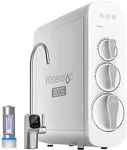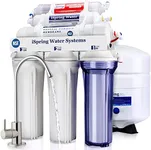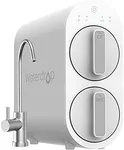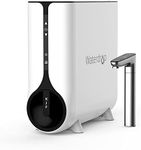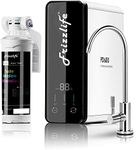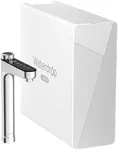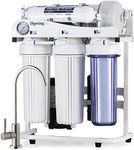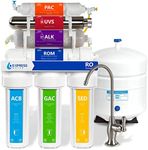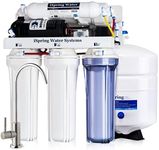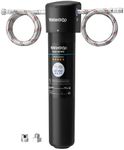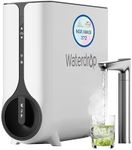Buying Guide for the Best Reverse Osmosis Systems
Choosing a reverse osmosis (RO) system for your home is a great way to ensure clean, safe drinking water. The right system can remove a wide range of contaminants, improve taste, and provide peace of mind. When shopping for an RO system, it's important to understand the key features and specifications that affect performance, maintenance, and suitability for your household. By focusing on your water quality needs, household size, and installation preferences, you can find a system that fits your lifestyle and delivers the water quality you expect.Number of Filtration StagesThe number of filtration stages refers to how many separate filters the water passes through before reaching your tap. More stages generally mean more thorough filtration, with each stage targeting different types of contaminants. Basic systems may have three stages, while advanced ones can have five or more. If your water source is relatively clean, fewer stages may suffice, but if you want to remove a wider range of impurities or have concerns about specific contaminants, a system with more stages is a better choice.
Filtration Capacity (Gallons Per Day)Filtration capacity, often measured in gallons per day (GPD), tells you how much purified water the system can produce in a 24-hour period. Lower-capacity systems (around 50 GPD) are suitable for small households or light use, while higher-capacity systems (100 GPD or more) are better for larger families or those who use a lot of filtered water for cooking and drinking. Consider your daily water needs to choose a system that won't leave you waiting for clean water.
Contaminant Removal EfficiencyThis specification indicates how effectively the system removes various contaminants, such as chlorine, lead, arsenic, fluoride, and bacteria. Some systems are certified to remove a specific percentage of certain contaminants. If you have concerns about particular substances in your water, look for a system that is tested and certified for those. Your local water quality report or a home water test can help guide your decision.
Tank Size and Flow RateThe tank size determines how much filtered water is stored and ready for immediate use, while the flow rate affects how quickly water comes out of the tap. Smaller tanks may run out quickly during heavy use, while larger tanks provide more reserve but take up more space. If you have a big family or entertain often, a larger tank and higher flow rate will be more convenient. For smaller households or limited space, a compact tank may be sufficient.
Installation Type and Space RequirementsRO systems can be installed under the sink, on the countertop, or as whole-house units. Under-sink models are common for kitchen use, while countertop units are portable and easier to install. Whole-house systems treat all water entering your home. Consider where you want filtered water, how much space you have, and your comfort with installation. If you rent or want a temporary solution, a countertop model may be best. For permanent, high-volume needs, under-sink or whole-house systems are preferable.
Maintenance and Filter ReplacementAll RO systems require regular maintenance, mainly changing filters and sanitizing the system. Some systems have easy-access filter cartridges and clear replacement schedules, while others are more complex. If you prefer low-maintenance options, look for systems with longer-lasting filters and simple replacement processes. Your willingness to perform regular upkeep should guide your choice here.
